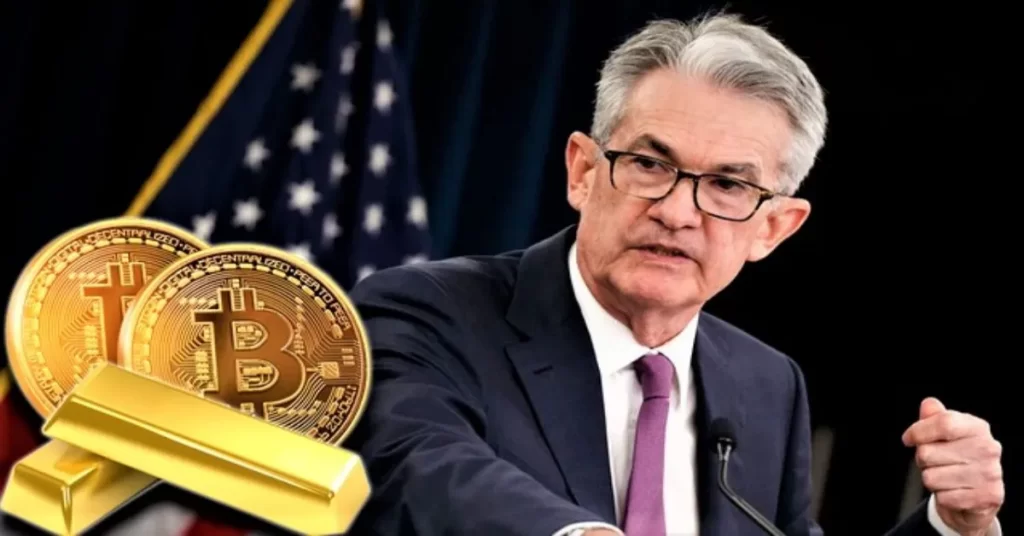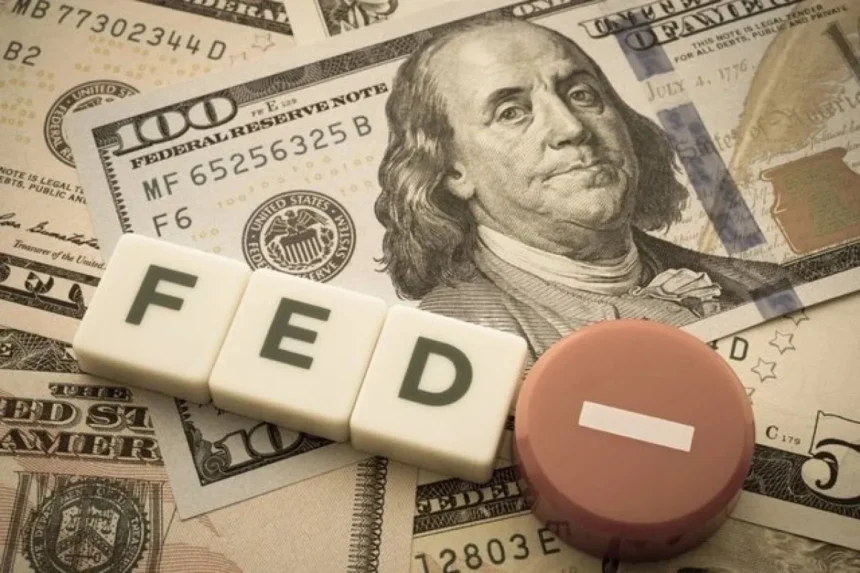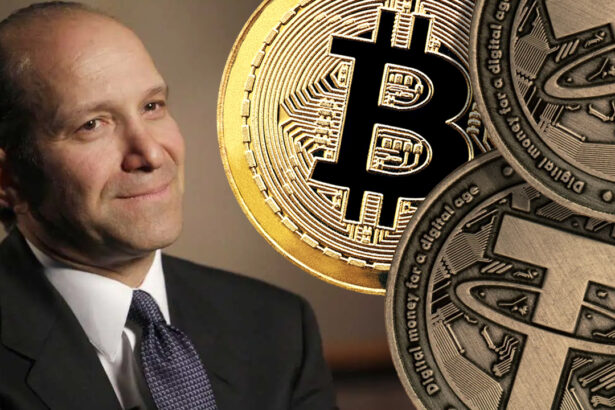Fed to Maintain Its Steady: In a world where economic fluctuations often dictate the direction of global markets, the Federal Reserve (Fed) remains a key player in maintaining stability. Recently, the Fed announced its decision to maintain its steady stance on interest rates, signaling that it will continue its cautious approach in managing inflation and economic growth. This decision comes amid a complex economic landscape marked by persistent inflationary pressures and global uncertainties. In this blog post, we’ll explore the implications of the Fed’s decision and what it means for businesses, consumers, and the broader economy Andreessen Horowitz Intensifies Investments in the US.
The Fed’s Current Economic Outlook
The Federal Reserve’s primary responsibility is to ensure price stability and foster conditions for maximum sustainable employment. To achieve this, the Fed adjusts interest rates, influencing borrowing costs for businesses and consumers alike. When inflation is high, the Fed tends to raise rates to cool down the economy. Conversely, when the economy shows signs of slowing down, the Fed lowers rates to stimulate growth.
At its recent meeting, the Fed decided to keep its key interest rate unchanged. This decision reflects the central bank’s assessment that the current rate is appropriate for achieving its dual mandate of controlling inflation while supporting economic growth. Despite inflation remaining above the Fed’s target range, the central bank seems to be adopting a wait-and-see approach, carefully monitoring economic indicators before making further adjustments.
Why Maintain a Steady Stance?
Several factors contribute to the Fed’s decision to maintain a steady interest rate policy:
- Inflation Trends: Inflation has been a significant concern over the past few years, but recent data shows signs of moderation. While inflation is still above the Fed’s 2% target, the rate of increase has slowed down. The Fed is likely waiting for further evidence that inflation is on a sustainable downward trajectory before taking any drastic action.
- Economic Growth: The U.S. economy has shown resilience, with moderate growth in key sectors such as employment and consumer spending. However, the global economy remains uncertain, with geopolitical tensions and supply chain disruptions continuing to create challenges. The Fed may be reluctant to raise rates further if it risks stalling the recovery or exacerbating global economic instability.
- Labor Market Conditions: The labor market has been relatively strong, with low unemployment rates and steady job creation. However, wage growth remains a concern, as higher wages can contribute to inflationary pressures. By keeping interest rates steady, the Fed aims to strike a balance between supporting job growth and avoiding runaway inflation.
- Global Factors: The Fed also has to consider global economic conditions, as international trade and financial markets are interconnected. Rising interest rates in other countries or global economic slowdowns could impact U.S. exports, investment, and inflation. A steady stance allows the Fed to assess these external factors before making any aggressive moves.
What Does This Mean for Consumers and Businesses?
 The Fed’s decision to keep interest rates steady has several implications for both consumers and businesses:
The Fed’s decision to keep interest rates steady has several implications for both consumers and businesses:
- For Consumers: Borrowing costs for consumers are likely to remain relatively stable in the short term. Mortgage rates, car loans, and credit card interest rates will not experience significant increases, making it more affordable for individuals to borrow money. However, the Fed’s stance also means that inflationary pressures may persist, which could continue to affect the cost of goods and services.
- For Businesses: For businesses, the steady interest rate environment offers predictability, allowing companies to plan investments and expansion with more confidence. However, businesses should remain cautious about rising costs due to inflation and potential disruptions in the global supply chain. Companies that rely on borrowing for growth may find that interest rates remain favorable for financing, but they should be prepared for future rate hikes if inflationary pressures resurface.
Looking Ahead
While the Fed’s decision to maintain its current interest rate policy provides stability in the short term, it’s important to remember that economic conditions can change rapidly. The central bank will continue to monitor inflation, economic growth, and labor market trends closely. If inflation shows signs of picking up again, the Fed may be forced to raise rates to prevent it from becoming entrenched.
For now, businesses and consumers can expect a period of relative stability, but they should stay informed about economic developments. The Fed’s actions will continue to play a crucial role in shaping the economic landscape, and its steady stance may ultimately provide the necessary foundation for long-term growth.
Conclusion
The Federal Reserve’s decision to maintain its steady stance on interest rates reflects a cautious yet balanced approach to managing the U.S. economy. By carefully monitoring inflation and economic indicators, the Fed aims to create an environment conducive to sustainable growth while avoiding excessive inflation. For businesses and consumers, this means a period of stability, though vigilance is necessary as the economic landscape evolves. As always, the Fed’s policies will be pivotal in shaping the future of the economy, and staying informed about its decisions will be essential for navigating the challenges ahead.






